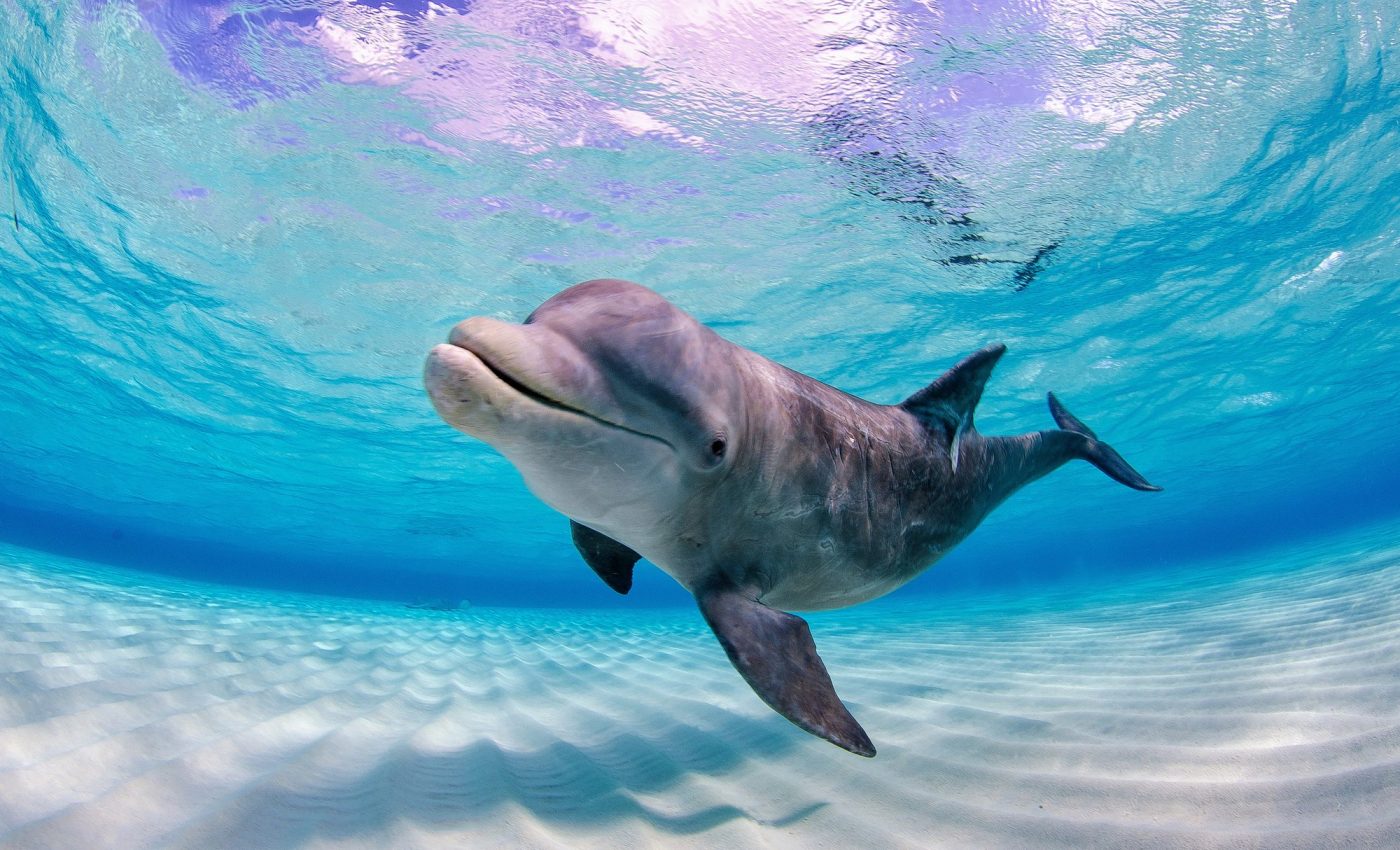
Ocean conservation: Credit system could reduce costs
In response to mounting environmental crises, countries worldwide have recognized the urgent need for more robust ocean conservation and protection of our planet.
The ambitious “30×30” initiative, which aims to protect 30 percent of Earth’s surface by 2030, was proposed to address this need.
However, despite the popularity of conservation in principle, the high costs often hinder significant progress.
Market-based approach to conservation
Researchers from UC Santa Barbara have introduced a novel market-based approach to achieve the 30×30 targets for ocean conservation.
Their study explores whether a system allowing countries to trade conservation credits can reduce costs and incentivize nations to meet their goals.
The findings are promising: voluntary trade always reduced the cost of conservation, sometimes by more than 90 percent.
Global biodiversity framework
The 30×30 initiative is part of the Convention on Biological Diversity, established in the early 1990s. Specifically, it is Target No. 3 of the Global Biodiversity Framework (GBF), adopted by 196 countries at the UN Biodiversity Conference in 2022.
The GBF aims to protect and manage 30% of the world’s terrestrial, freshwater, coastal, and marine areas by 2030.
Achieving this goal is crucial for the planet’s long-term health. However, the framework does not specify which areas to protect, how to do so inclusively, or how to fund these efforts.
Four-year journey of the project
“This project started just over four years ago,” noted study co-author Juan Carlos Villaseñor-Derbez. At the time, many countries struggled to meet even the 10% protection benchmark.
“It seemed like most nations were genuinely committed to marine conservation, but the costs were preventing some from engaging at all.”
The cost of ocean conservation varies significantly by location, as do the ecological benefits. Protecting high-value fisheries can conflict with important marine ecosystems like coral reefs and seagrass meadows.
“Without an innovative policy solution, the cost of conservation for many nations could stall progress toward 30×30,” said Villaseñor-Derbez.
The researchers proposed that trade could incentivize additional gains. Instead of investing in high-cost or low-benefit areas, countries could trade their conservation duties to focus on regions where protection yields higher returns.
Ocean conservation credit system
Environmental economists and scientists at UC Santa Barbara’s Environmental Markets Lab (emLab) designed an ocean conservation credit system.
This system allows countries to trade their conservation obligations within a “transferable conservation market” policy, adhering to strict ecological principles.
“Like existing mandates, this approach requires every country to protect a certain fraction (say 30%) of its marine habitat,” said Professor Christopher Costello, emLab’s director.
“But unlike other approaches, we allow those obligations to be traded across countries, within strict ecological constraints.”
Potential cost savings
Costello, Villaseñor-Derbez, and co-author Professor Andrew Plantinga created a model to estimate the potential costs and benefits of a conservation market. Using data from 23,699 marine species and fisheries revenue, they built conservation supply curves for coastal nations.
Furthermore, they defined “trade bubbles” based on biological and geographic factors, allowing countries to trade conservation credits within these predefined bubbles. This ensured equitable conservation across different marine habitats.
The model showed that a market for marine conservation always reduced costs, with potential savings ranging from 37.4 to 98 percent.
“It highlighted how inefficient it is to require uniform conservation obligations from each nation,” noted Villaseñor-Derbez. “National boundaries don’t align with marine biodiversity distribution patterns.”
Balancing conservation efforts
While a global market offered the highest savings, it risked focusing efforts on a single habitat type, neglecting others. To counter this, the team introduced the trade bubble constraint.
“When nations facing high costs are allowed to trade, they can ask, ‘Should I conserve in my waters at this high cost, or can I find someone in my bubble with similar habitat at a lower price?’” said Villaseñor-Derbez.
Fair compensation in ocean conservation
Some may worry that wealthy nations could exploit this system by offloading their conservation obligations onto poorer nations.
However, the market is voluntary. “The selling nation only engages in trade if they find it advantageous,” said Plantinga, who heads emLab’s Productive Landscapes Group.
The market approach offers flexibility for developing nations. It allows them to balance their finances against conservation costs, deciding how much to conserve domestically, buy from others, or offer for sale. This flexibility is not possible under the current 30×30 scheme.
Incentivizing habitat restoration
The system could also promote habitat restoration, aligning with Target No. 2 of the Global Biodiversity Framework. Nations specializing in marine resource exploitation could compensate those focusing on biodiversity conservation.
“Our approach provides an explicit payment for conserving marine ecosystems,” said Costello. “Under the current system, there is rarely a payment to conserve.”
Lowering costs incentivizes action, a central tenet of economics used by governments and industries worldwide.
The authors argue that these savings could be redirected toward other pressing environmental issues, leveraging economic principles to advance global ocean conservation efforts.
The study is published in the journal Science.
—–
Like what you read? Subscribe to our newsletter for engaging articles, exclusive content, and the latest updates.
Check us out on EarthSnap, a free app brought to you by Eric Ralls and Earth.com.
—–













